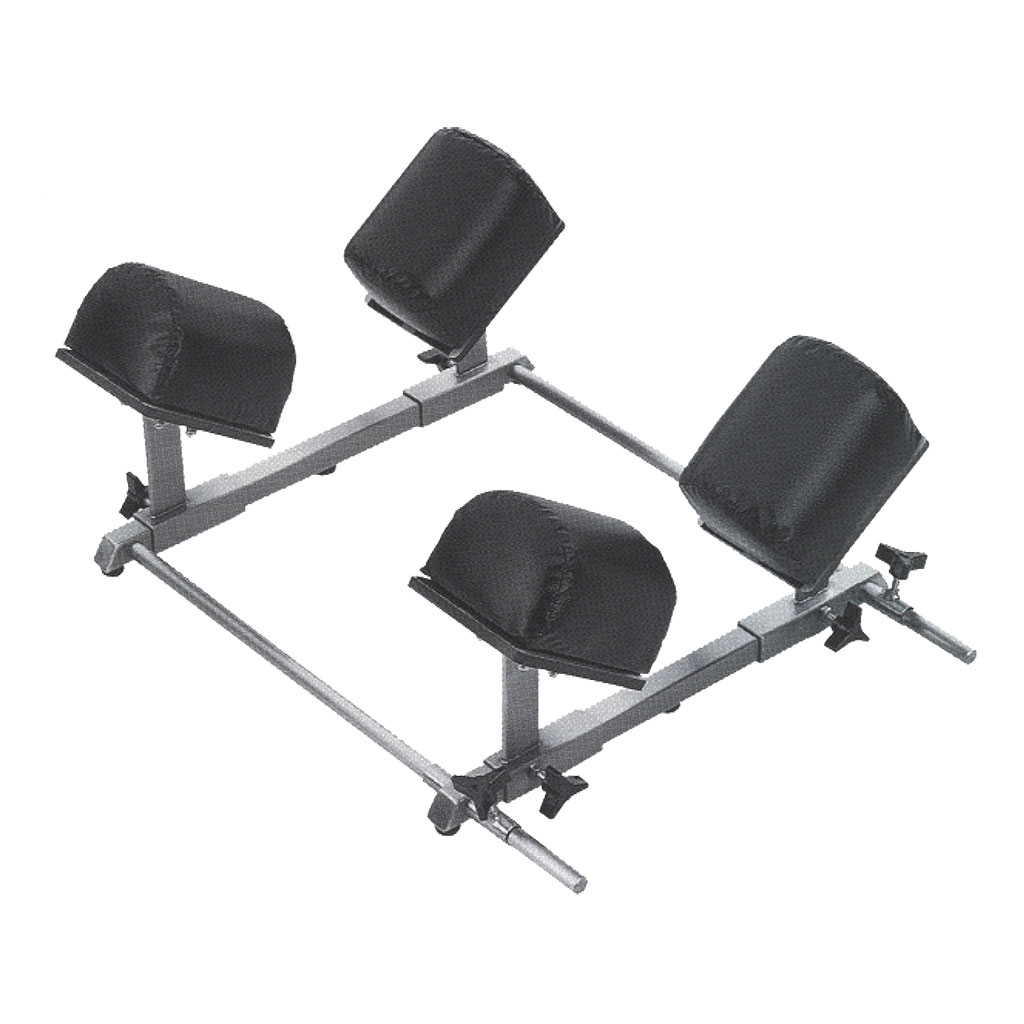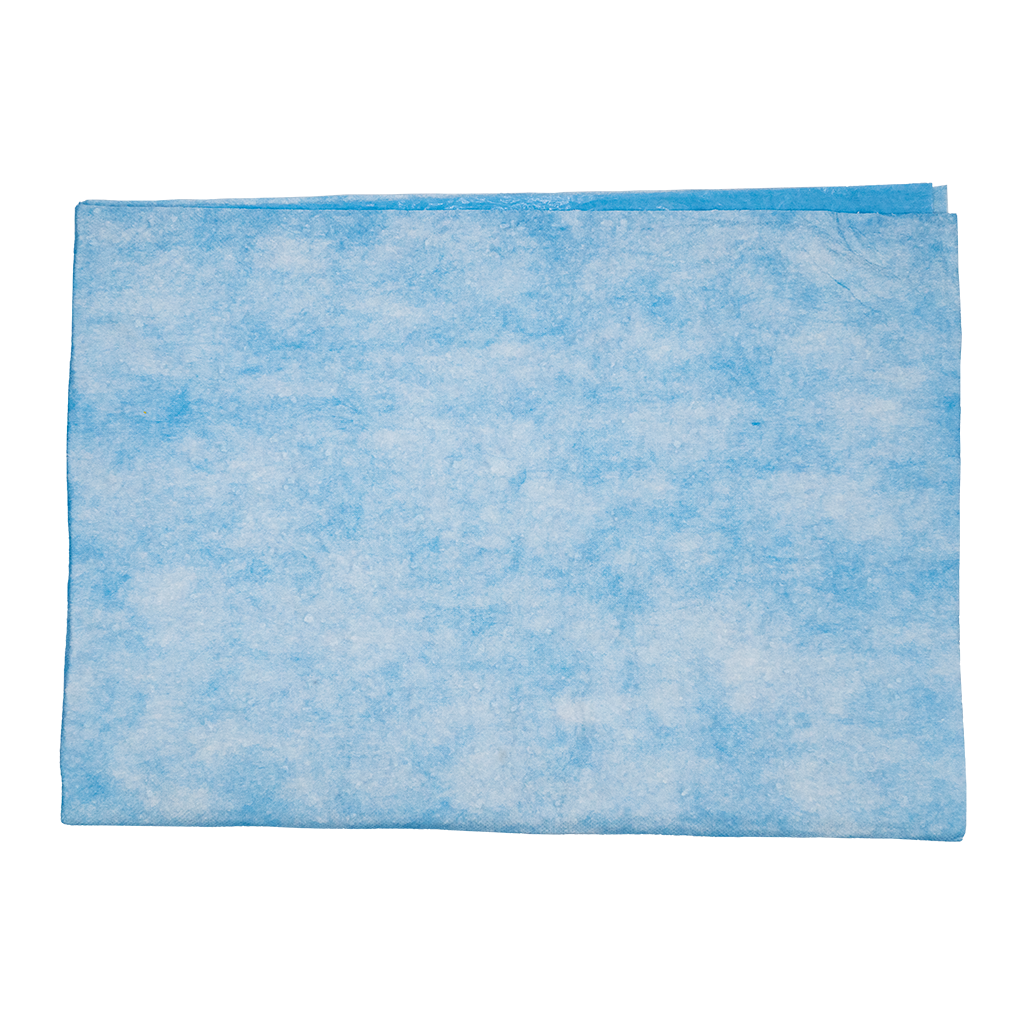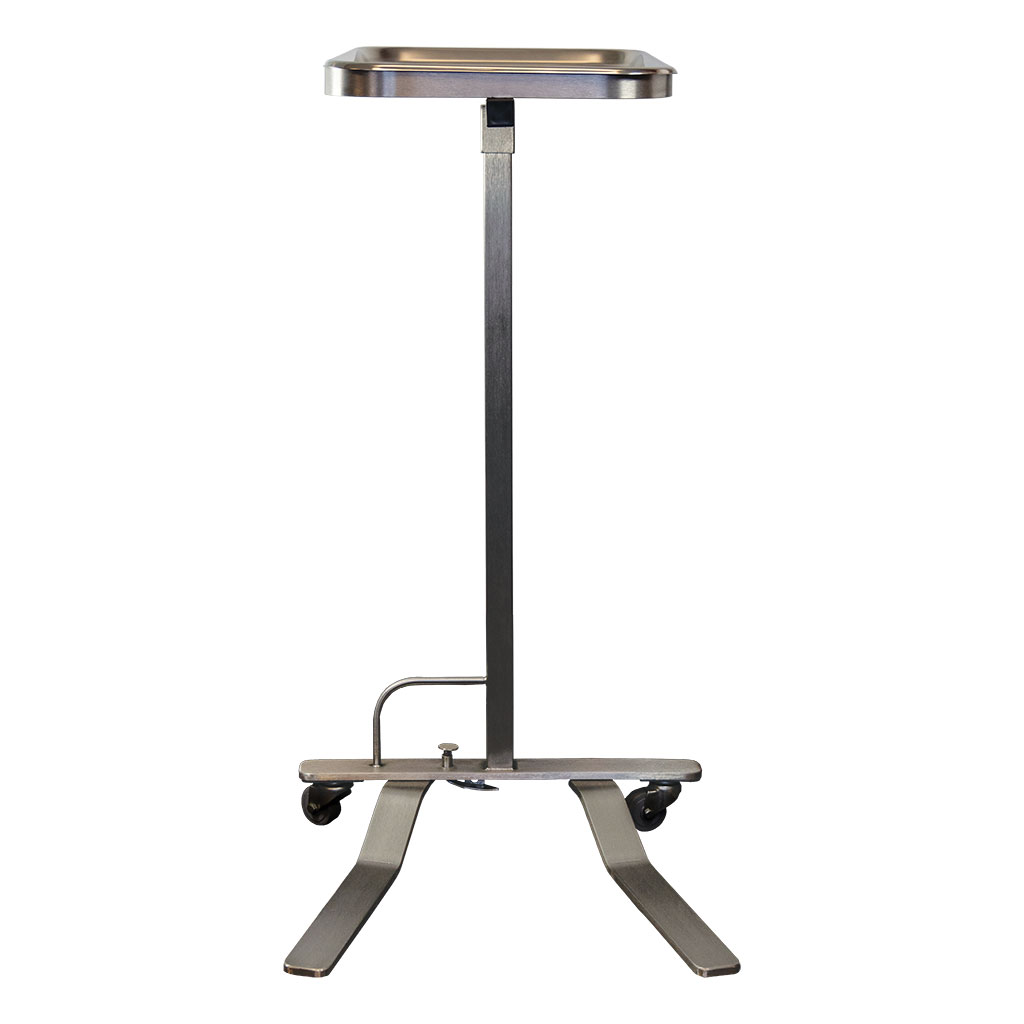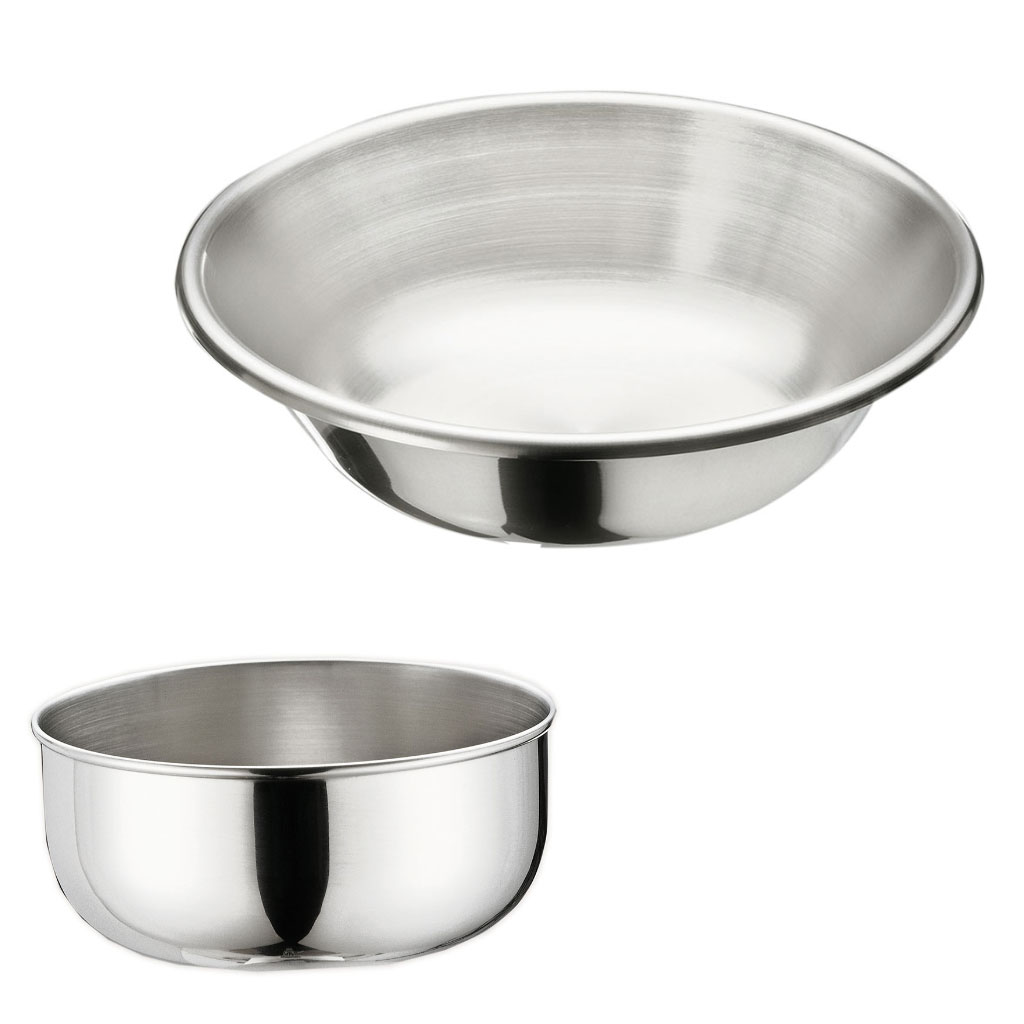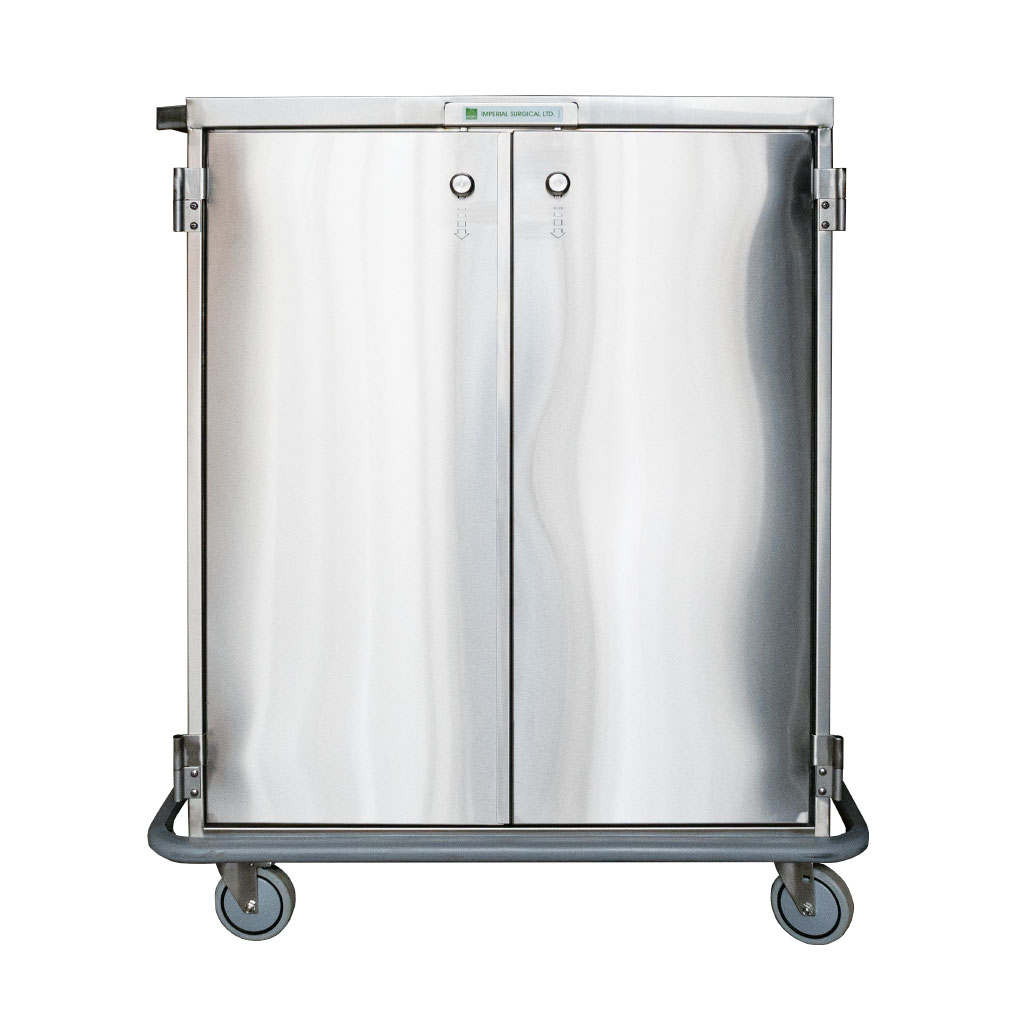| ITEM # | DESCRIPTION | DIMENSIONS (L x W x H) |
|---|---|---|
| OR-6050 | RELTON-HALL OPERATING FRAME WITH VINYL PAD SUPPORTS | OVERALL: 24”x 22”x 6 1/4” (610 mm x 559 mm x 159 mm) LENGTH ADJUSTMENT: 3 1/4” to 24” (83 mm to 610 mm) WIDTH ADJUSTMENT: 5 1/2” to 14 1/2” (140 mm to 368 mm) |
| OR-6050-P | VINYL PADS (SET OF FOUR) FOR OR-6050 | 6 1/2”x 5 1/4”x 3 1/2” (165 mm x 133 mm x 89 mm) |
| OR-6050-A | ACTION® PRODUCTS PRESSURE RELIEF PADS (SET OF 4) To be applied over vinyl pads. |

Relton-Hall Scoliosis Frame
Our Relton-Hall Scoliosis Operating Frame is designed to support the patient in the prone position during corrective procedures for scoliosis. The frame has been designed to properly support patients weighing up to 275 lbs/125 kg.
Our Relton-Hall Scoliosis Operating Frame is backed by our 1 year warranty on structural and all components.
Share:
Categories: Surgical Products & Operating Room, Operating Frames
Brand: Imperial Surgical Ltd
Company: Imperial Surgical Ltd.
KEY BENEFITS
- Provides lateral stability
- Reduces blood loss by keeping the anterior abdominal wall pendulous and free from external pressure
- Positioning on the antero-lateral supports facilitates correction of the scoliosis deformity
- Radiolucent supports allow for intraoperative imaging
KEY FEATURES
FRAME ASSEMBLY
- The frame consists of four well-padded vertical supports which are arranged in two V-shaped pairs
- Supports are arranged at a 35 degree inward tilt and are individually adjustable for lengthand width
- Three-point phenolic knobs with welded positioning attachments provide full adjustability
- Constructed from welded stainless steel for maximum patient support and radiolucent fiber-reinforced resin pad supports to allow for unobstructed visualization under imaging
SUPPORT PADS
- Removable
- Made from a dual density foam core and double stitched anti-bacterial vinyl covering
- Optional specially molded dry polymer pads for additional padding (assists with prevention of decubitus ulcers and necrosis which may result from procedures of extended duration)
NOTE: The use of the Relton-Hall Operating Frame is not recommended during laminectomy for disc protrusion due to the lordotic position of the lumbar vertebrae resulting from this method of patient support.

